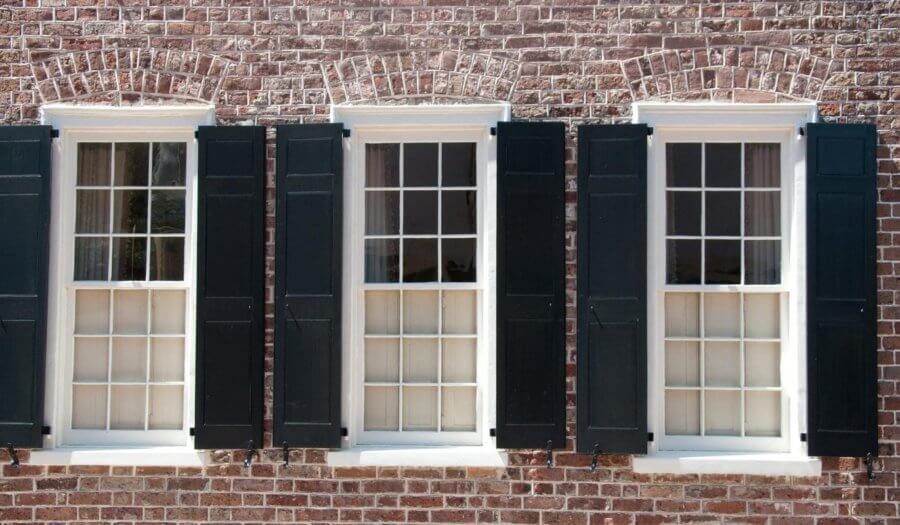Sash windows are one of the most important and most prevalent elements of English architecture. Present since the 17th century, they’ve become a cornerstone of British flavour and are guaranteed to fit in anywhere in the country’s architectural landscape.
The 17th century is when sash windows were first implemented. Though there is a common misconception that sash windows were an imported design, the fact remains that they are actually completely native to the UK. Other countries in the world have also adopted the sash window, but in each case, that was the result of importing.
The sash window’s original design was a product of necessity. As the streets of London were narrow and many windows would have touched the buildings opposite them if opened on a more traditional hinge, the sash window involved a horizontally sliding window with one of the sashes fixed firmly in place. This was called a Yorkshire sash.
Originally, sash windows consisted of multiple panes per sash. This design was popular in the Georgian period and was a result of the technology and conditions of the time. The windows had to be large to bring in more light in the narrow streets, but the manufacture of glass wasn’t well developed and cheap enough yet to reliably manufacture large panes of glass. Earlier models consisted of quarter panes to the outside edge of the windows, while later windows had a more evenly split structure.
Later on, in the Regency period of the early 19th century, windows still retained the multiple panes, but incorporated much more ornate features and mouldings. Then, in the Victorian era, technological developments have made it possible for the reliable and cheap manufacture of large panes of glass. Windows became larger and heavier, but only in the cities – rural areas took a while to catch up with this trends and haven’t really implemented large-pane sash windows until the 1880s.
In the Edwardian era, from 1901 onwards, sash windows implemented a mix of all past features. The Georgian ornate top sash made a return, usually combined with a single-paned Victorian bottom sash. Modern sash windows follow pretty much the same trends, with added features like double glazing and a popular material choice being the sturdy Accoya wood. Topping off this modern spin are microporous paints that do their job better than anything that came before.

